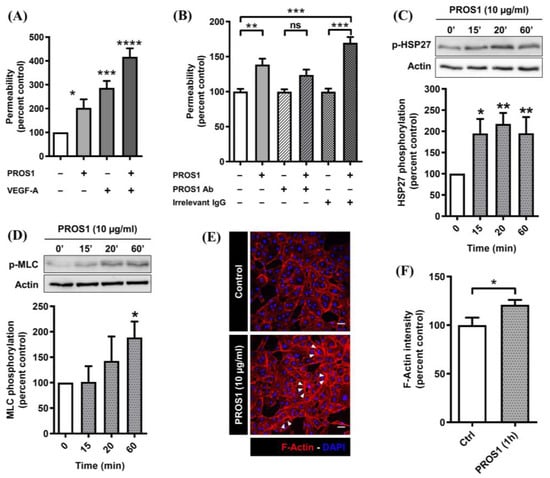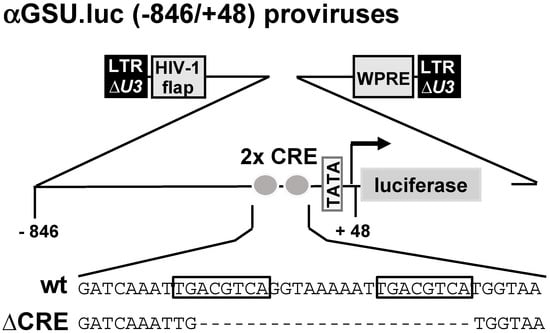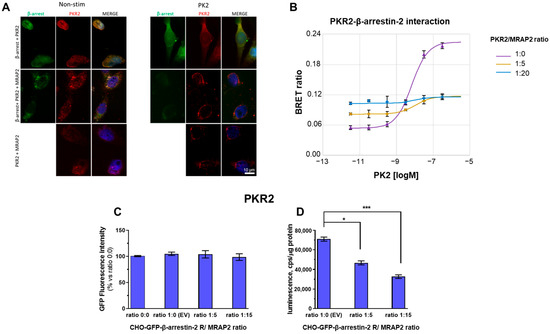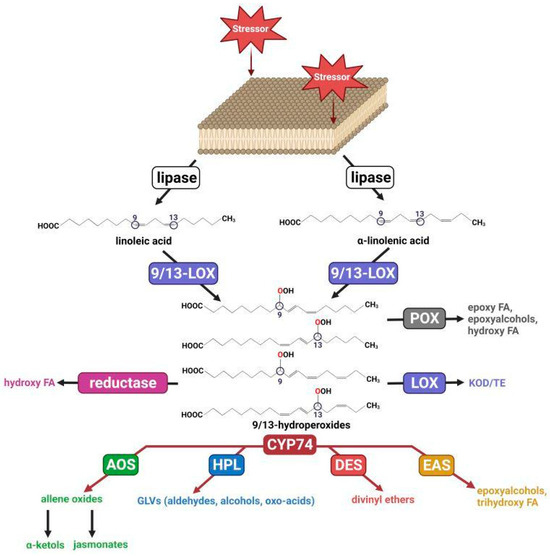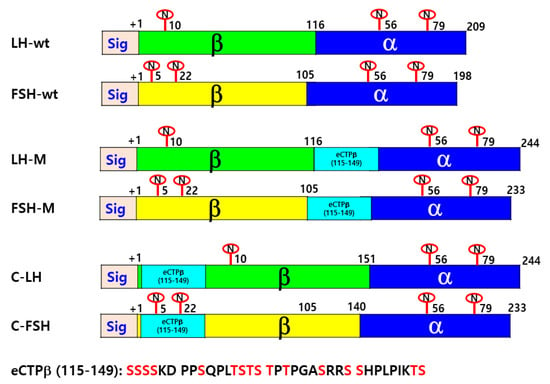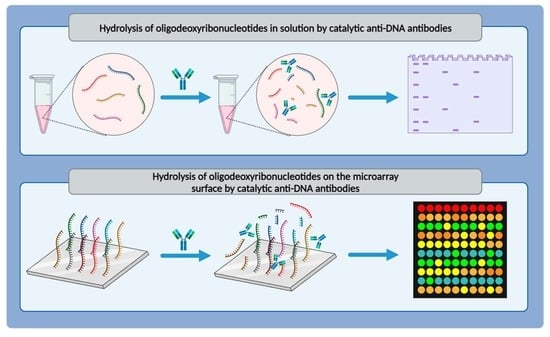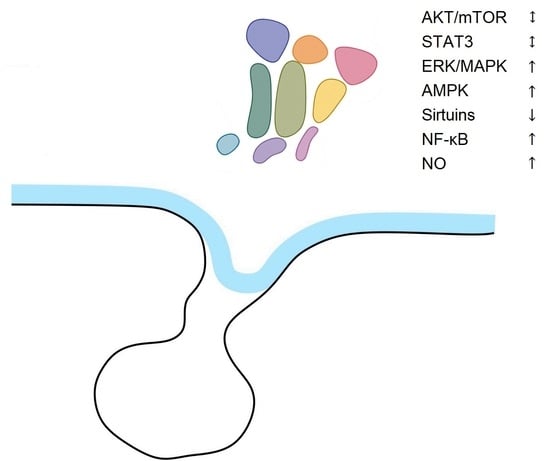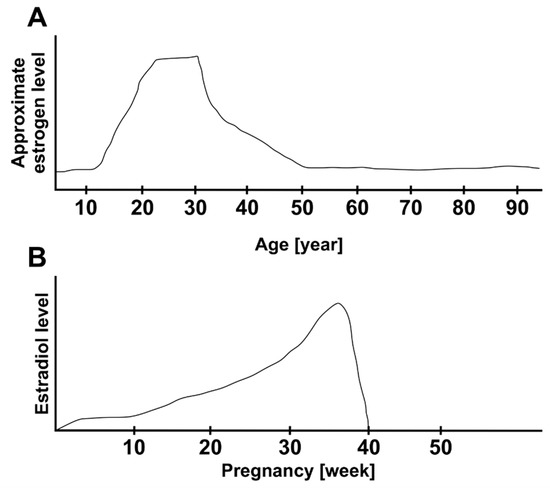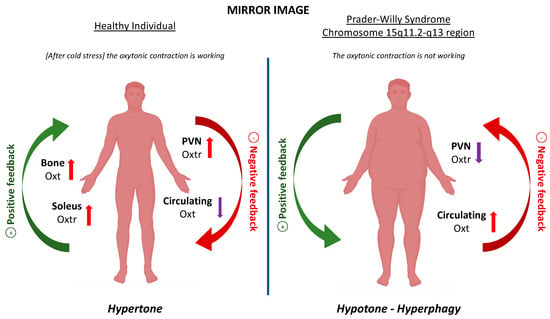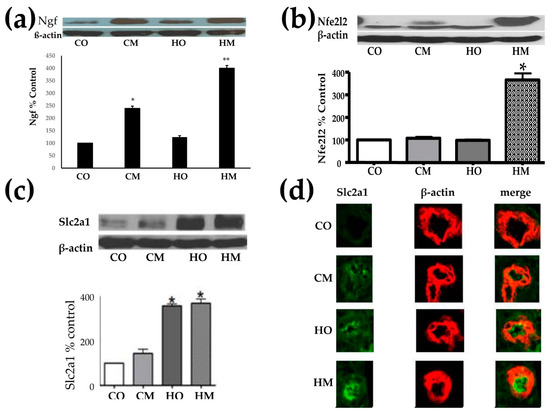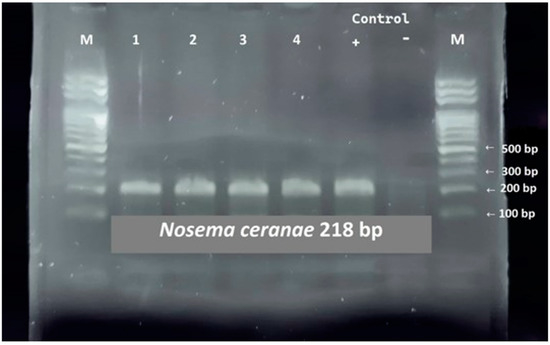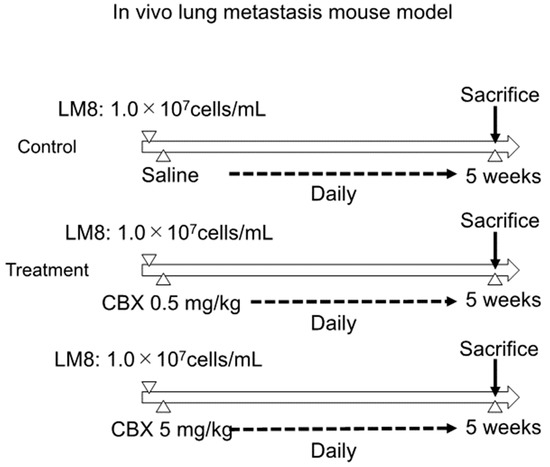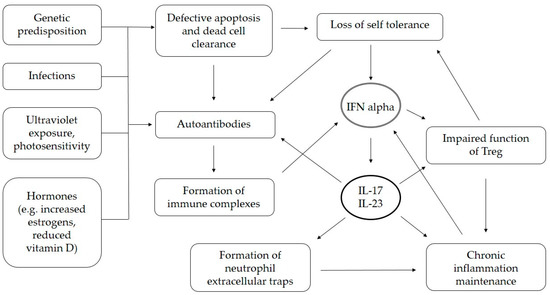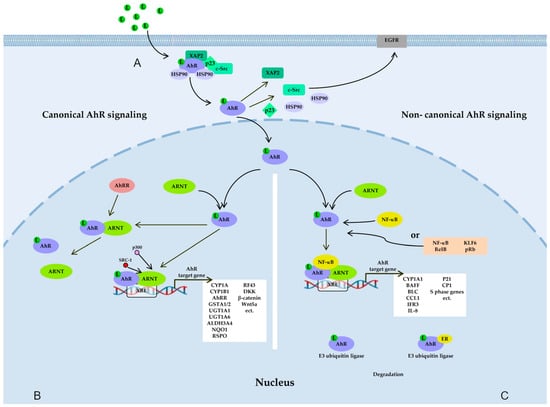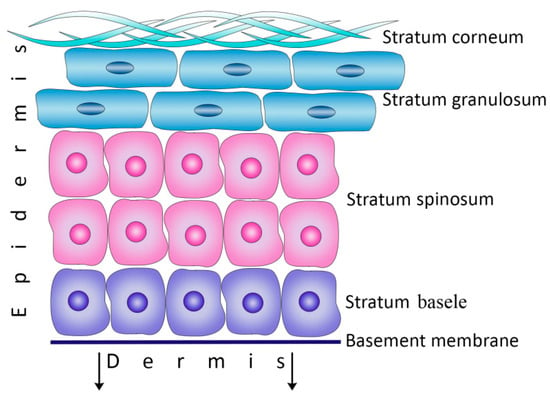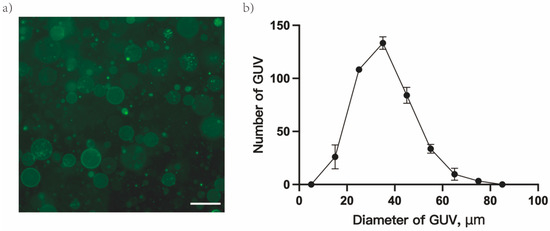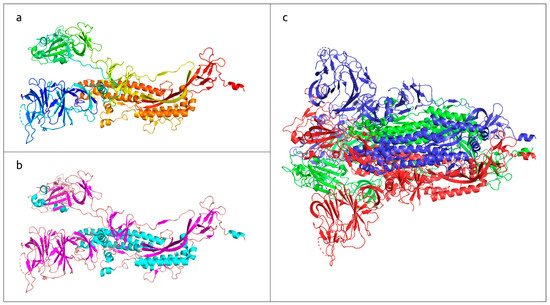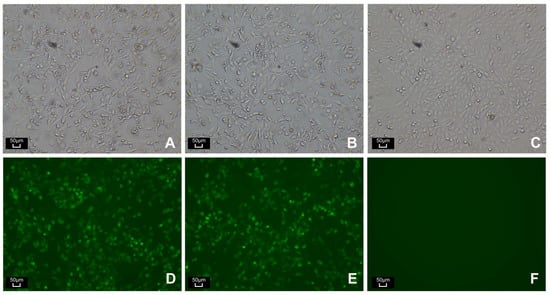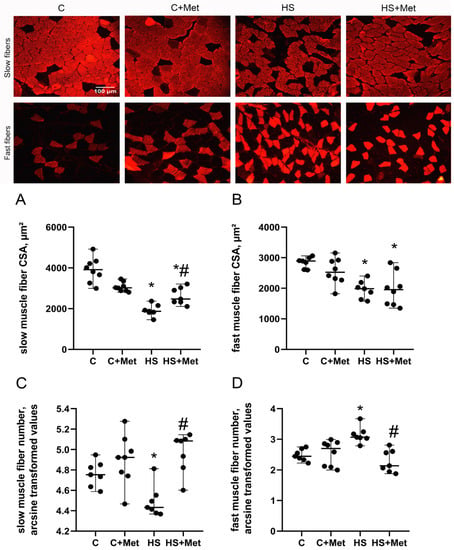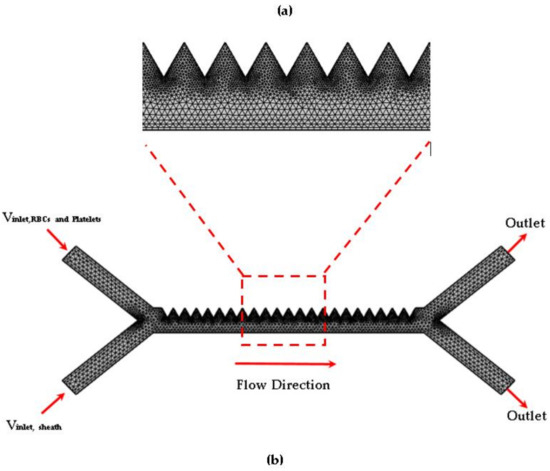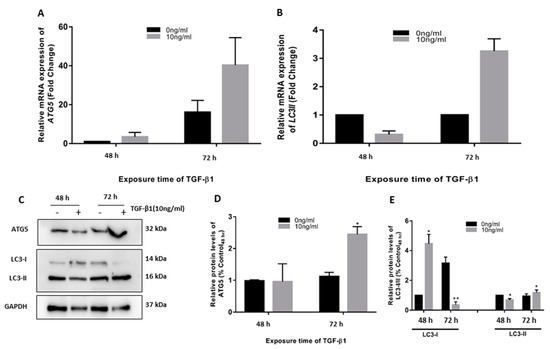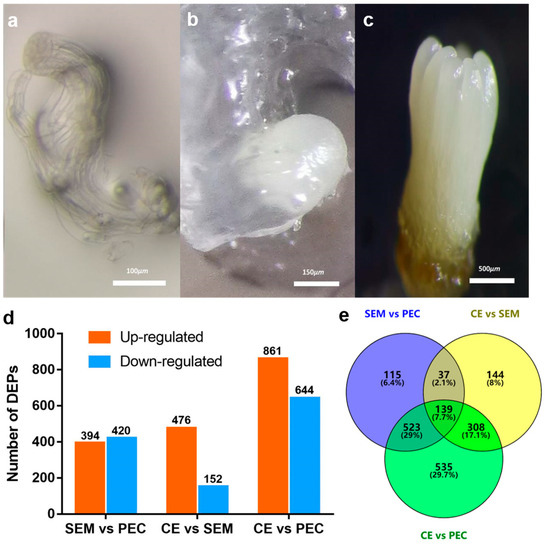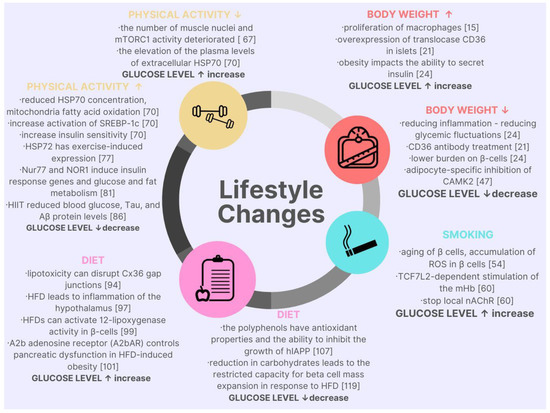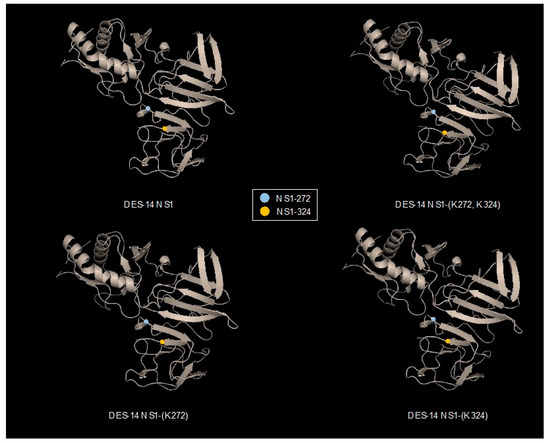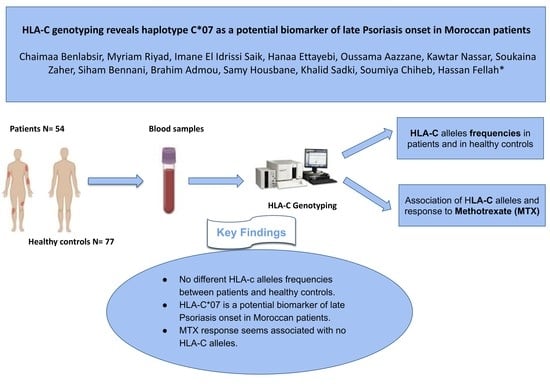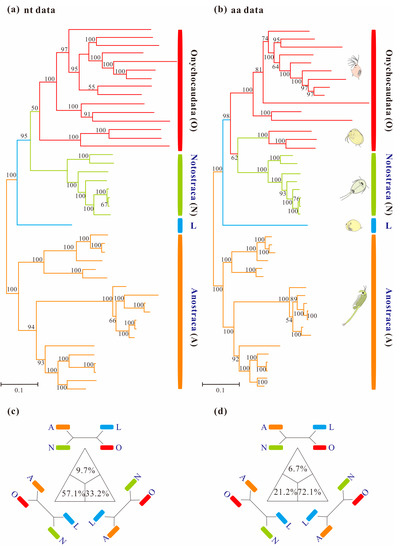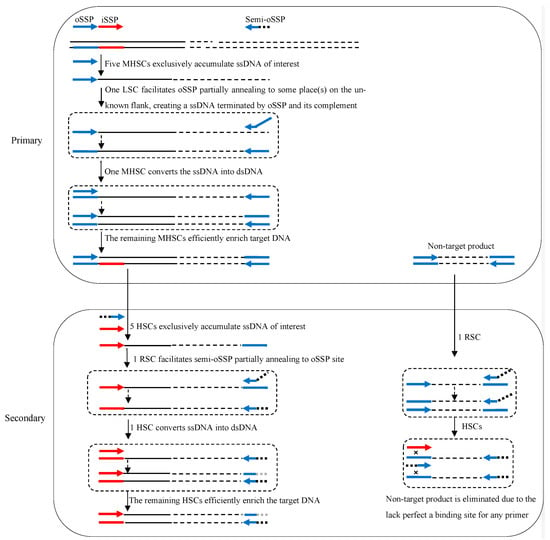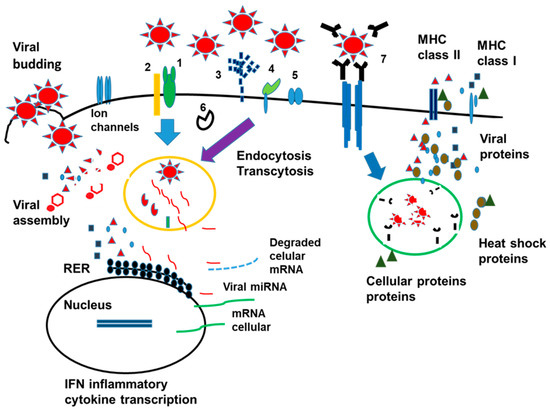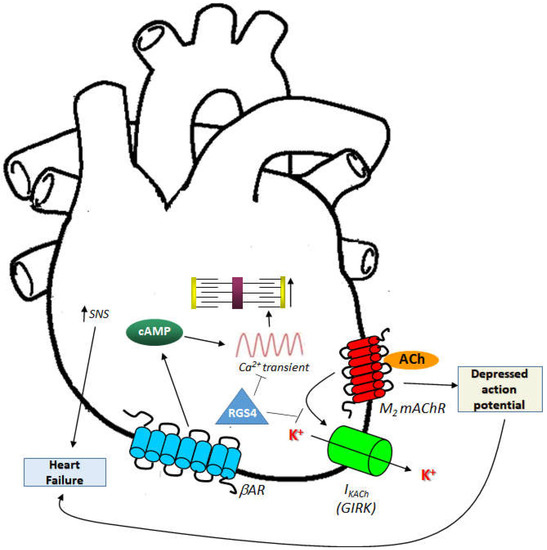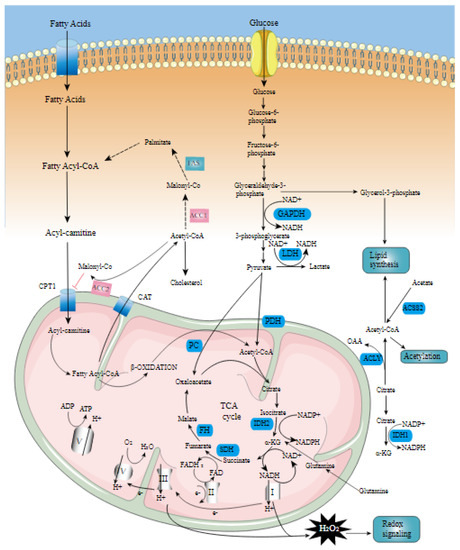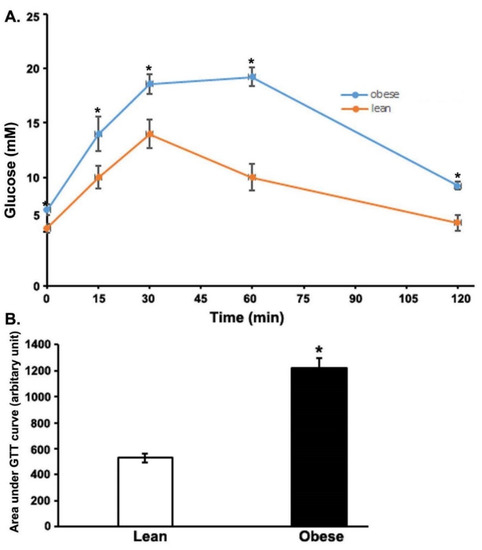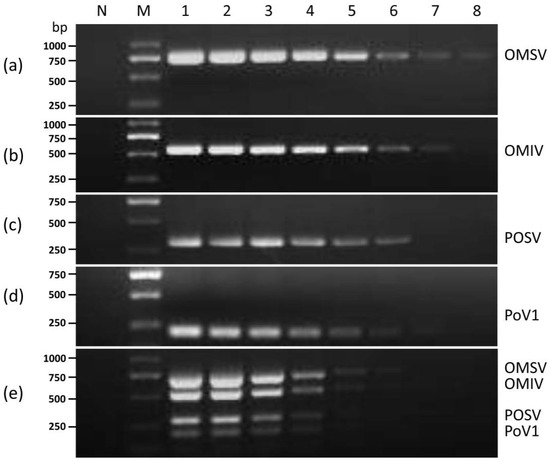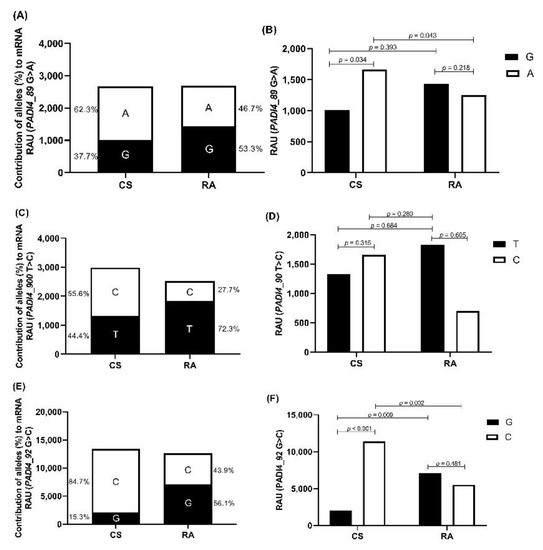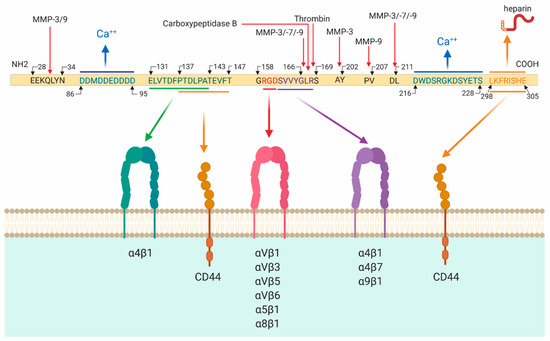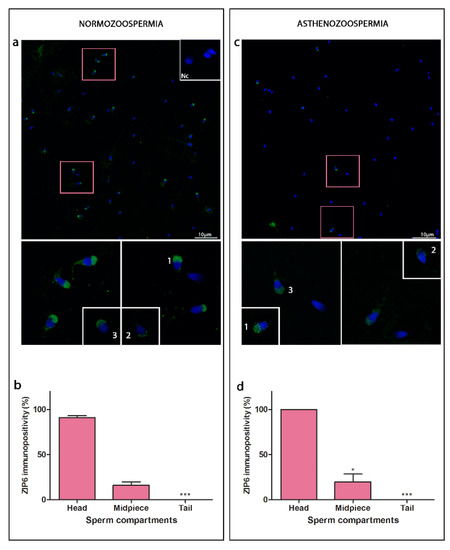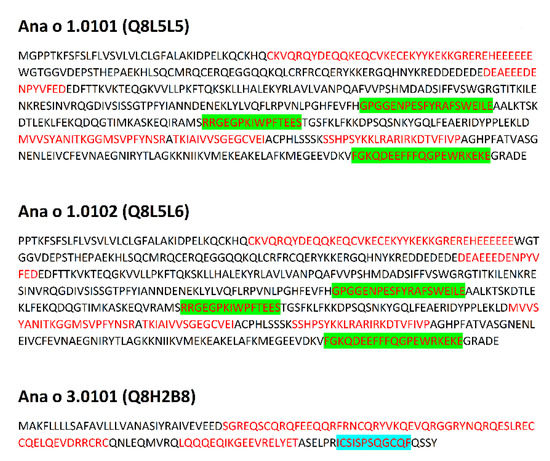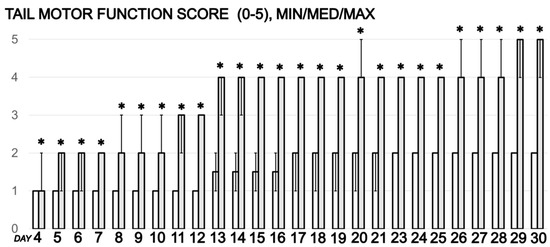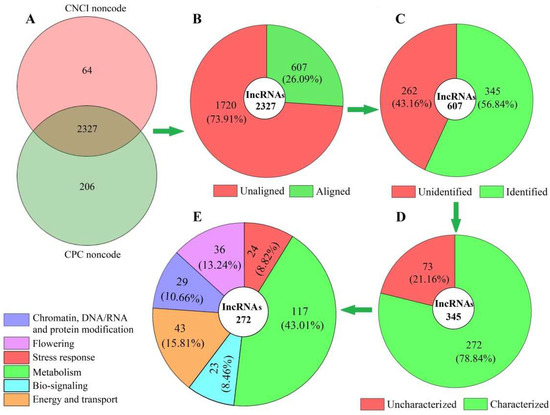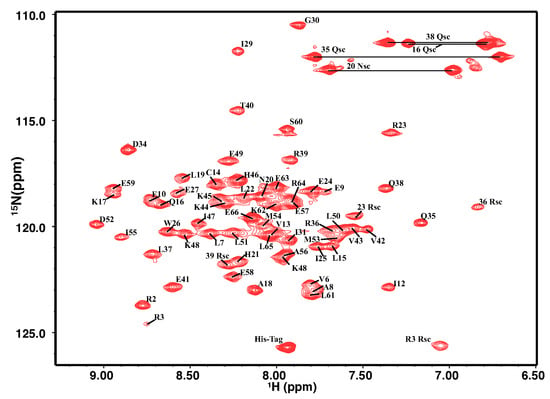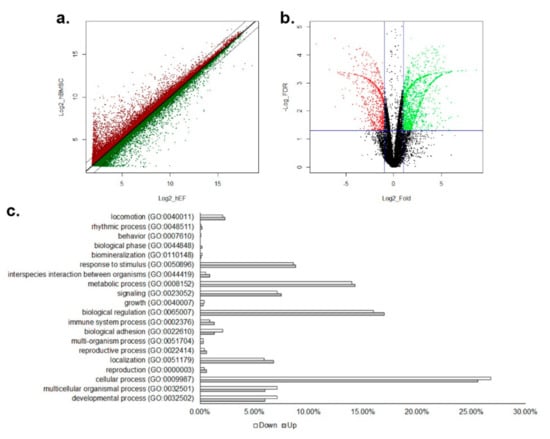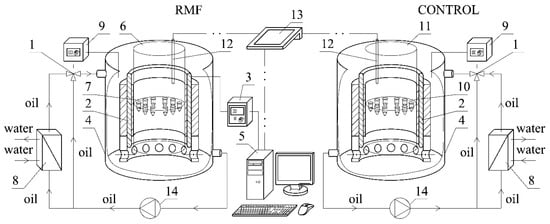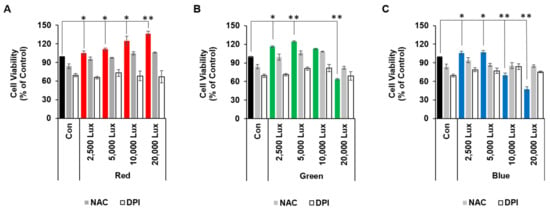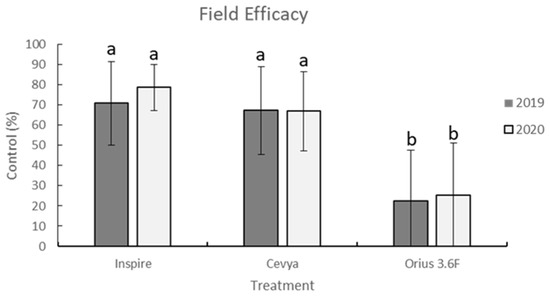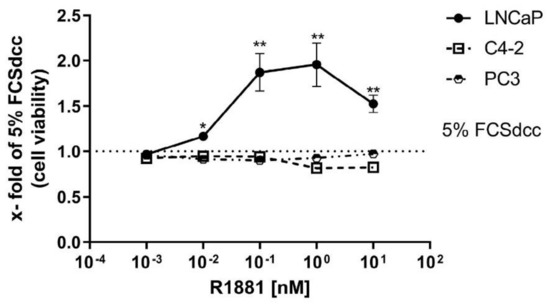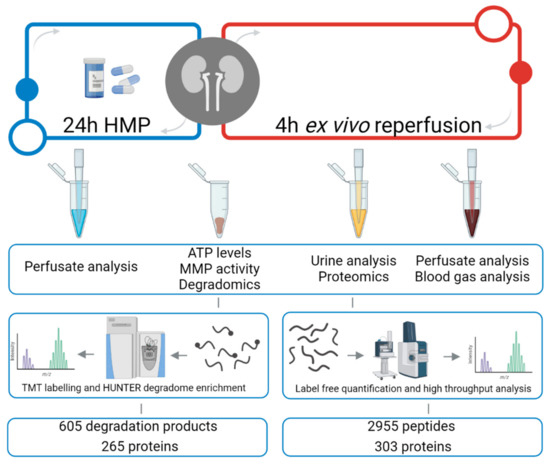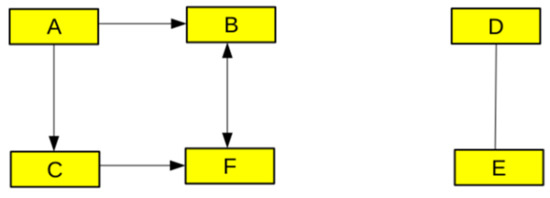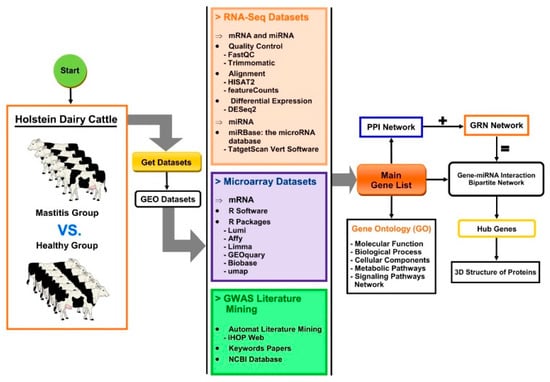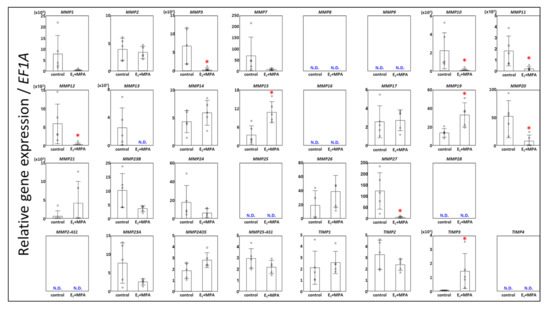Feature Papers in Current Issues in Molecular Biology
A topical collection in Current Issues in Molecular Biology (ISSN 1467-3045). This collection belongs to the section "Biochemistry, Molecular and Cellular Biology".
Viewed by 263560
Editor
Interests: inflammation; acute pancreatitis; sepsis; burn injury; arthritis; hydrogen sulfide; substance P; chemokines; leukocytes
Special Issues, Collections and Topics in MDPI journals
Topical Collection Information
Dear Colleagues,
This Topical Collection, entitled “Feature Papers in Current Issues in Molecular Biology”, aims to collect high-quality research articles, communications, and review articles in cutting-edge fields of molecular biology. Since the aim of this Topical Collection is to illustrate, through selected works, frontier research in molecular biology, we encourage Editorial Board Members of the CIMB to contribute Feature Papers reflecting the latest progress in their research field or to invite relevant experts and colleagues to do so.
Topics include but are not limited to:
• Molecular Biology;
• Biochemistry;
• Molecular Plant Sciences;
• Molecular Microbiology;
• Molecular Immunology;
• Molecular Genetics and Genomics;
• Molecular Informatics;
• Molecular Oncology;
• Molecular Neurobiology;
• Molecular Pharmacology;
• Molecular Biophysics;
• Molecular Cell Biology;
• Molecular Marine Biology;
• Molecular Paleobiology;
• Molecular Physiology;
• Molecular Radiation Biology;
• Molecular Reproductive Biology;
• Molecular Zoology;
• Structural Biology;
• Systems Biology.
Prof. Dr. Madhav Bhatia
Collection Editor
Manuscript Submission Information
Manuscripts should be submitted online at www.mdpi.com by registering and logging in to this website. Once you are registered, click here to go to the submission form. Manuscripts can be submitted until the deadline. All submissions that pass pre-check are peer-reviewed. Accepted papers will be published continuously in the journal (as soon as accepted) and will be listed together on the collection website. Research articles, review articles as well as short communications are invited. For planned papers, a title and short abstract (about 100 words) can be sent to the Editorial Office for announcement on this website.
Submitted manuscripts should not have been published previously, nor be under consideration for publication elsewhere (except conference proceedings papers). All manuscripts are thoroughly refereed through a single-blind peer-review process. A guide for authors and other relevant information for submission of manuscripts is available on the Instructions for Authors page. Current Issues in Molecular Biology is an international peer-reviewed open access monthly journal published by MDPI.
Please visit the Instructions for Authors page before submitting a manuscript. The Article Processing Charge (APC) for publication in this open access journal is 2200 CHF (Swiss Francs). Submitted papers should be well formatted and use good English. Authors may use MDPI's English editing service prior to publication or during author revisions.









